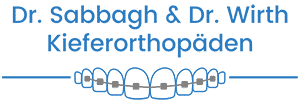Aqua Splint Concept
A new splint for simplified diagnosis and effective therapy of TMD.
Temporomandibular dysfunction (TMD) is a multifactorial disorder. Malocclusion is not necessarily the main factor. Rather, psychological factors, stress, trauma, but also connective tissue weakness, cervical syndrome, and hormonal factors alone or combined often play a major role.
The newly developed Aqua Splint enables fast and simple differential diagnosis of TMD and provides uncomplicated and effective therapy.
Aqua Splint is the only self-adjusting splint that, without impressions or bite registration, can be immediately and individually adapted and applied. The resulting quick help, pain relief and muscle relaxation without grinding and contouring of the splint, have produced excellent clinical results and doctor and patient satisfaction.
The new Aqua Splint concept greatly simplifies the complex topic of TMD.
It also enables colleagues (even if not specialized for TMD) with moderate time and financial expenditure to conduct an accurate diagnosis and effective therapy in their day-to-day routine.
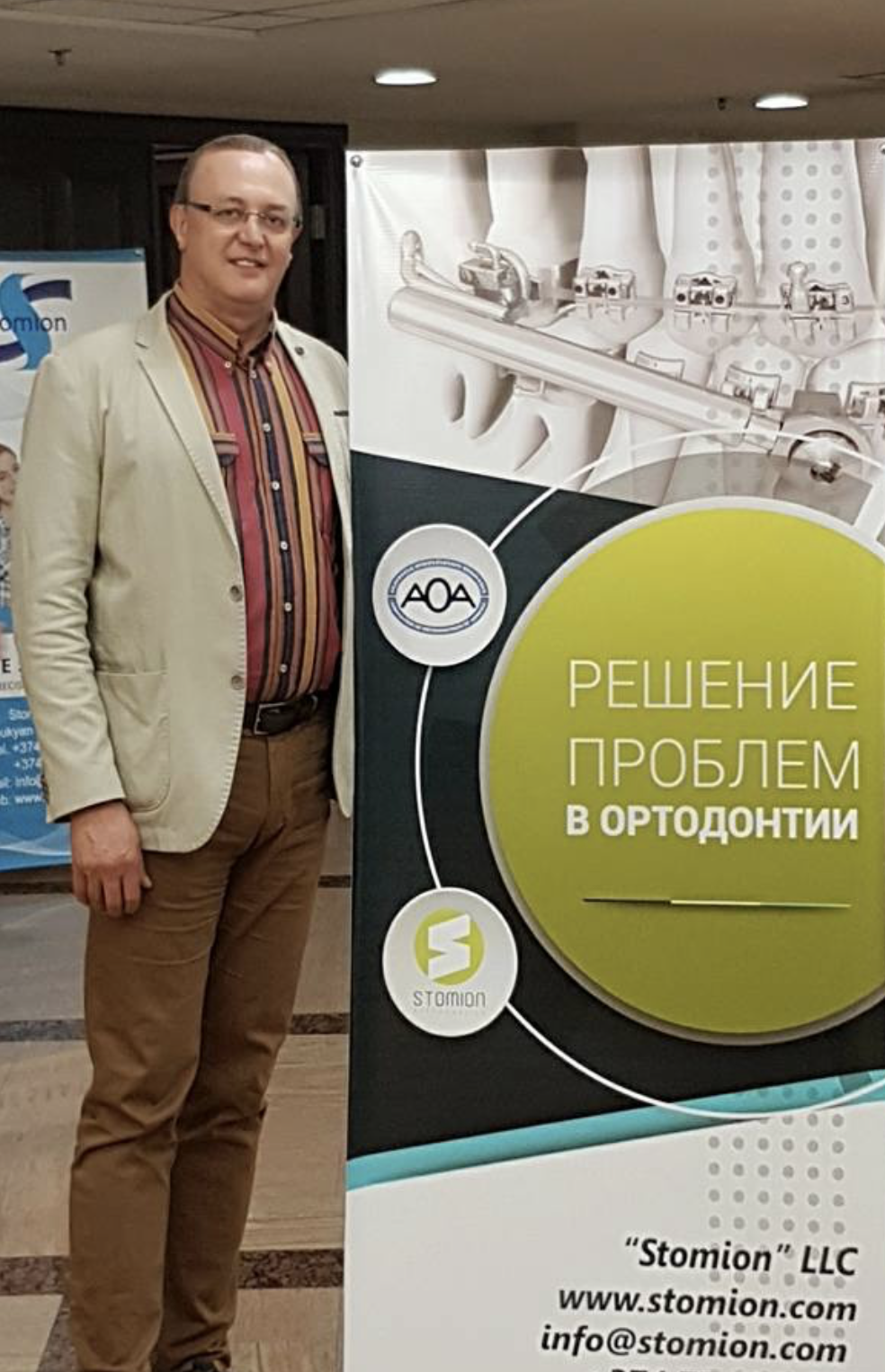
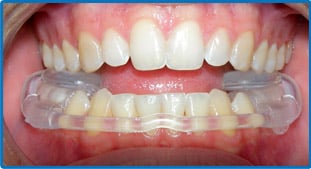
Course program
This course demonstrates the diagnostics and therapy in practical steps supported by treated cases and scientific evidence.
- Fast initial diagnostic of TMD using manual functional diagnosis
- Simplified differential diagnosis of TMD using the Aqua Splint
- Treatment rules
- The clicking phenomenon:
Consequence of malocclusion? Therapy necessary? - Indication, use and management of the Aqua Splint (with demonstration)
- Manual / physiotherapy exercises as accompaning therapy
- What comes after the splint?
Is occlusal rehabilitation an absolute must? - Preprosthetic / preorthodontic bite determination using the Aqua Splint
- Avoiding iatrogenic TMD during dental / orthodontic treatment
- When are imagine techniques (MRT / CT / DVT etc.) indicated?
- Contraindication, failure, relapse.
- Current forensic and financial aspects
Target group: Dentists, Orthodontists, Oral surgeons, Physiotherapists
SARA@ Sabbagh Advanced Repositioning Appliance
Fascination and limits of the noncompliance orthodontic
The goal of this course is to demonstrate new innovated and traditional approved biomechanics of the noncompliance orthodontics and their possibilities and limits substantiated by scientific evidence and practice-oriented treatment cases. Special focus is put on the teamwork of different disciplines, the TMJ, and the balance between function and aesthetic.
SARA® is the newest generation of fixed class II appliance’s, it’s a telescopic apparatus with a universal size, exchangeable outer spring and simple mesial connection in the HG tube. Thereby the class II therapy can be carried out effectively and without cooperation, extractions or dysgnathic surgery. The mesial connection simplifies handling and minimizes mucosal irritation. Furthermore, the interchangeable spring sleeve provides sufficient force to treat even adult patients in moderate cases. The horizontal forces cause fewer side effects, e.g. Bite opening and intrusion. The basics of the “progressive bite jumping”, its indications and limits will be presented in detail by treated cases and scientifically substantiated. In the practical part, the insertion and activation steps are demonstrated and practiced and questions about retention and problem shutting are discussed.
Indications:
- Mandibular Retrognatie / class II (unilateral / bilateral)
- Distalization in the upper Molars (headgear effect)
- Mesialization in the lower jaw / gap closure (aplasia)
- Harmonize the facial profile / restore the chewing function
- TMJ dysfunction (condyle reduction effect)
- Sleep apnea therapy
Also the mini-screws / Tad`s provides an invisible noncompliance skeletal anchorage, they enable many tooth movements that were almost impossible with conventional apparatus, the combined use of these two biomechanics can be performed in extensive cases to achieve better and more stable results.
Target group: orthodontists, training assistants.
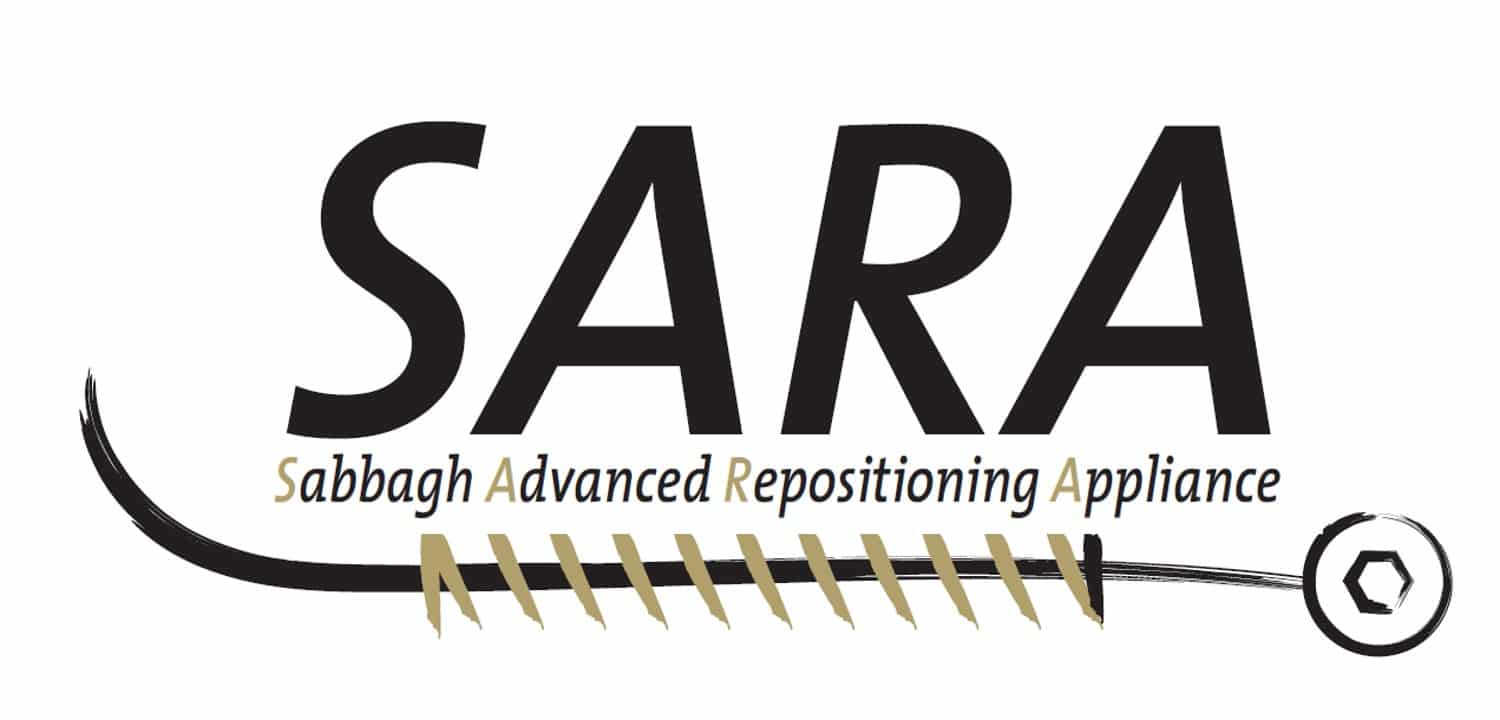
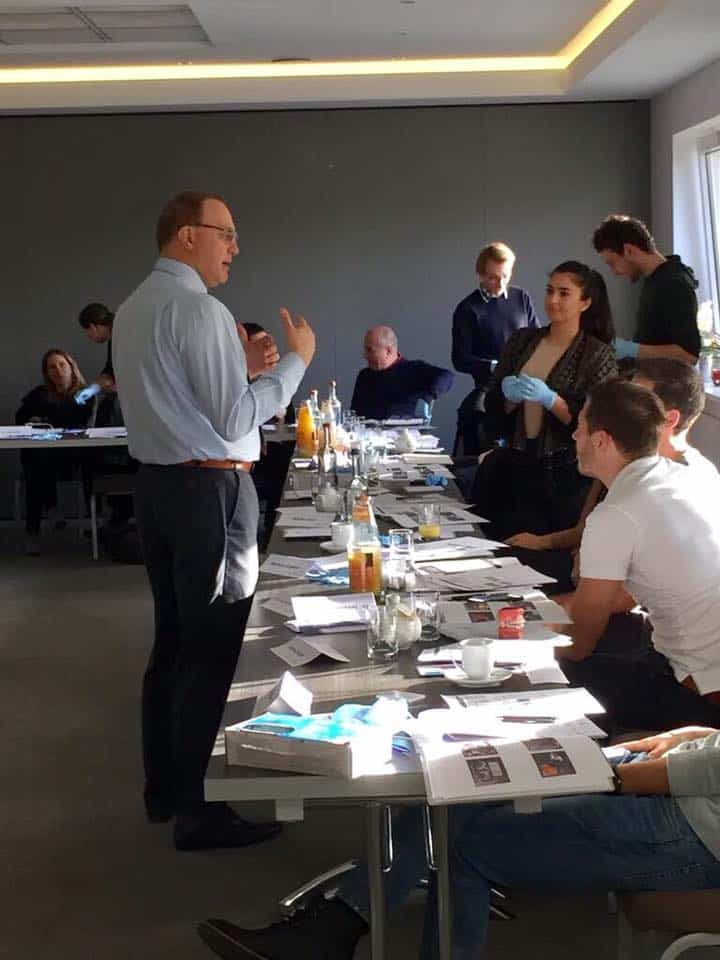

Trouble Shooting – Problem management in orthodontics
Based on scientific principles and modern practical approaches, as well as innovative tips and tricks this course is dedicated to support the orthodontist in his daily challenge managing complicated cases, unexpected complication, side effects and iatrogenic disorders.
Topics:
1 The concept of “progressive bite jumping
- The concept of “progressive bite jumping ©” for the treatment of:
– Non-compliance patients
– Mandibular retrognathia with low residual growth
– Unilateral class II / asymmetries
– Non-surgical bite correction (adults treatment)
- Management and solutions for non-compliance patients / poor oral hygiene
– Indirect bonding: a simplified and fast procedure (especially for patients with Hypersalivation or ADHD)
2 Management of tooth retention, root resorption and adult orthodontic
- TMD / sleep apnea
- Avoidance and management of TMD in orthodontics
- New aspects for the treatment of aplasia, tooth ankylosis, caries-related Molar loss, traumatic anterior tooth loss
- Root resorptions: causes, prevention and management
- Fascinations and illusions of digital orthodontics / digital workflow
- Adult orthodontics / Preprosthetic orthodontics – new aspects and procedures
3 Aligners vs. braces / Tad`s anchorage
- Aligner, indications & contraindications as well as possibilities and limitations
- Tongue dysfunction as a relapse factor, prevention, exercises, and management
- The lingual technique: indications and limits
- Tips and tricks for stability and easy handling of Mini-Implants (TAD`S)
- Relapse: Causes, prevention, and management
- Relevant forensic and economic aspects
- Future horizons in orthodontics
Target group: orthodontists, training assistant.
